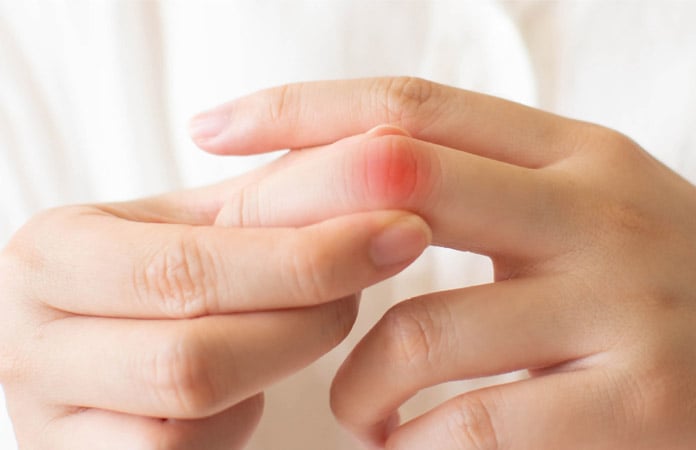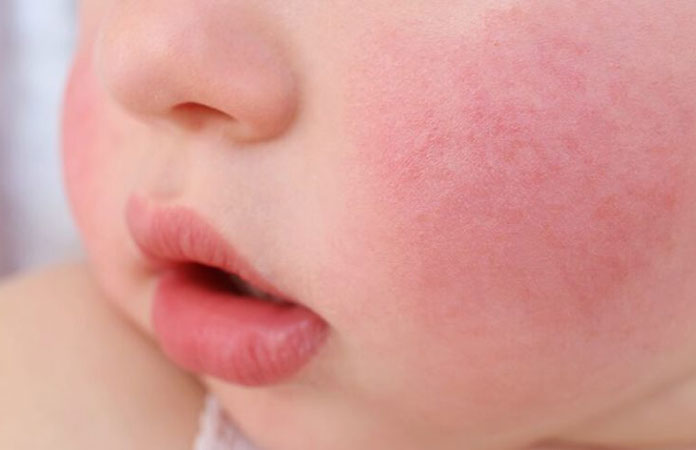HAE and Its Types
HAE stand for hereditary angioedema. It is a rare, lifelong genetic condition that involves the immune system. People with this disease may have severe attacks of swelling in the airways, face, feet, hands, and skin. These episodes tend to start in childhood and become worse after puberty. The severity of the condition can vary a lot from person to person. There are some different forms of HAE, which may determine the triggers, symptoms, and treatment options. [1]
In people with HAE, a protein called C1 inhibitor is genetically defected. Found in the blood, this protein works with the immune system to help the body respond to injuries and fight diseases. In general, HAE can be categorized into three subtypes, including:
– HAE type I: characterized by low C1 inhibitor levels. This is the most common subtype, accounting for up to 85 percent of reported cases.
– HAE type II: C1 inhibitor levels are normal, but these proteins do not function properly.
– HAE type III: C1 inhibitor has normal levels and works properly. Nevertheless, there are defects in some genes. [2]










